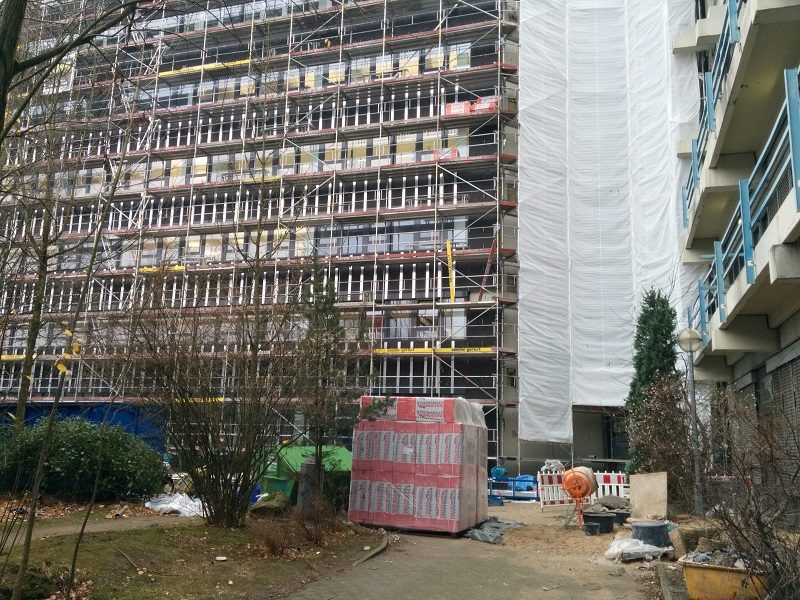Prof. Dr.-Ing. Stefanie Friedrichsen
Tobias Heine M.Sc
According to the German Federal Office of Statistics, approximately 20% w/w of all wastes occurs as building and demolition waste. Of this, approximately 19% is metals and 0.25% is plastics. This predominantly accrues from the demolition and alteration of buildings and other structures. Metals are primarily found as steel reinforcement, steel girders and mats, zinc, lead and copper pipes and sheets. Plastics mainly occur in the form of PVC products, polystyrene insulating materials, polyurethane foam residues and polyethylene / polypropylene products.
Since the materials only appear in compound structures during the demolition phase, neither planning for nor complete identification / recovery nor exploitation of these raw materials is currently possible.

Solution approach:
Initially, literature and practical studies are conducted on the documentation already in use and its usefulness for detecting metals and plastics in construction and demolition waste. In the process, the impact of the increasing use of certificates of sustainability (DGNB, LEED, BREEAM, etc.) on the utilisation of metals and plastics and the corresponding documentation is also investigated.
In the next step, the actual yield of metals and plastics during conversion and dismantling will be investigated based on reference buildings.
The options for separating these reusable materials from the compound are also considered.
Suitable documentation and recovery systems for existing buildings are developed on the basis of these insights in the form of "catalogues" for different building and structure types and built-in materials, depending on the age of the structure.